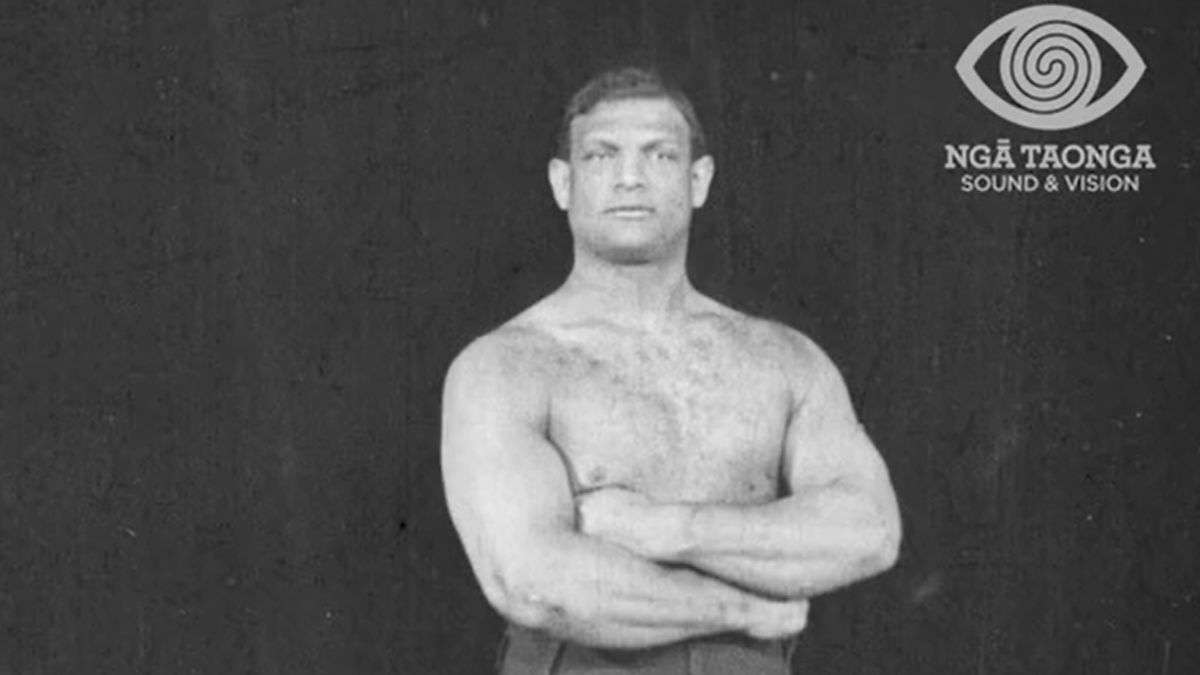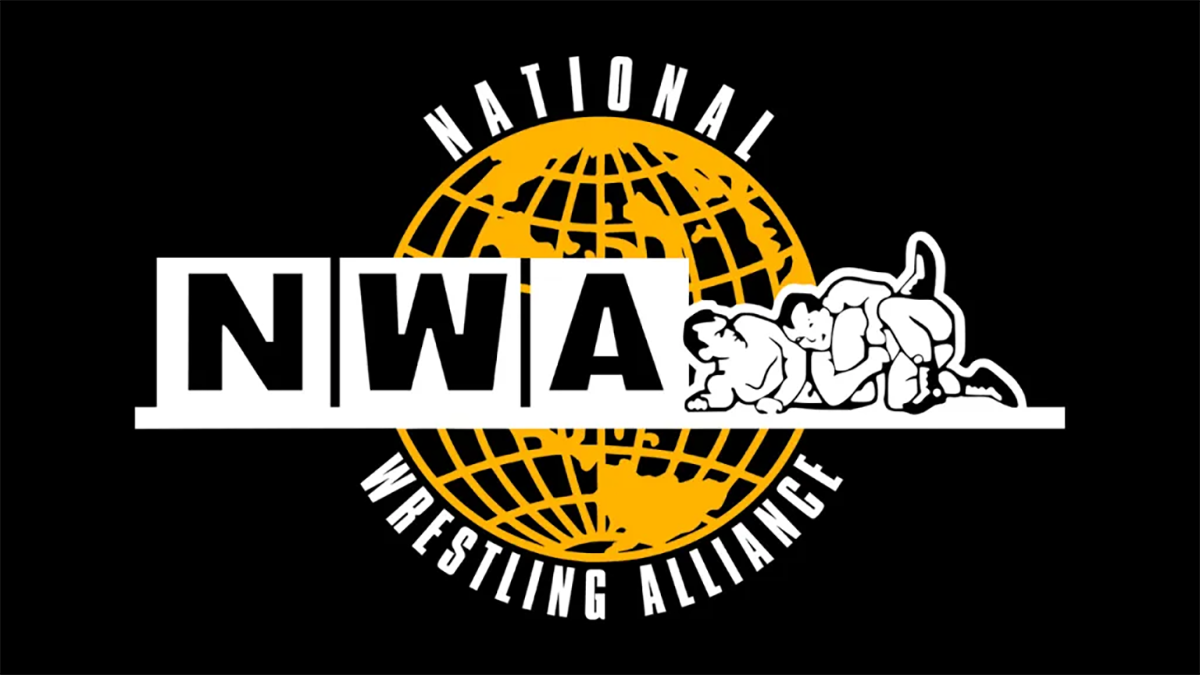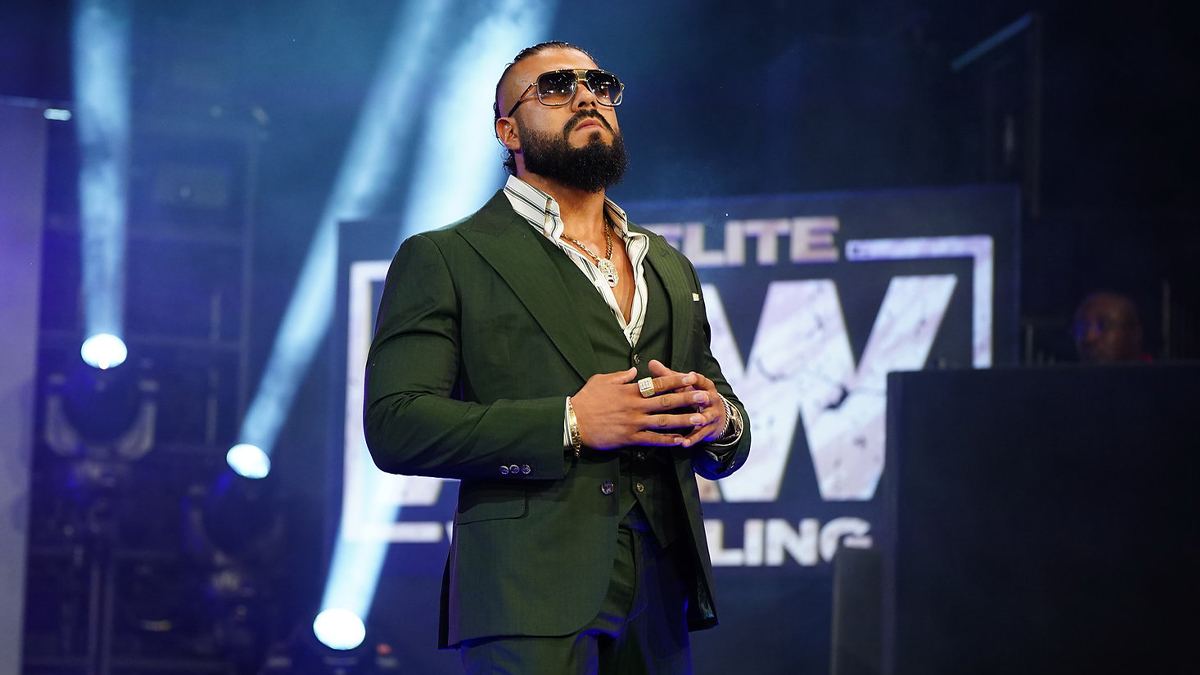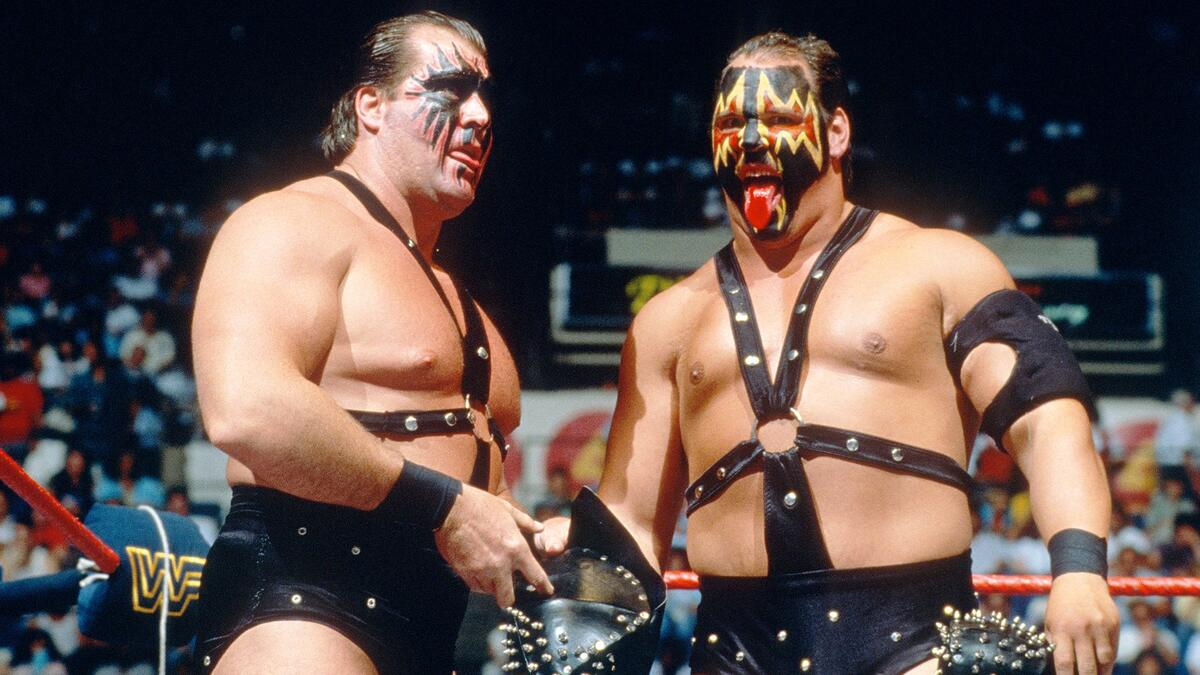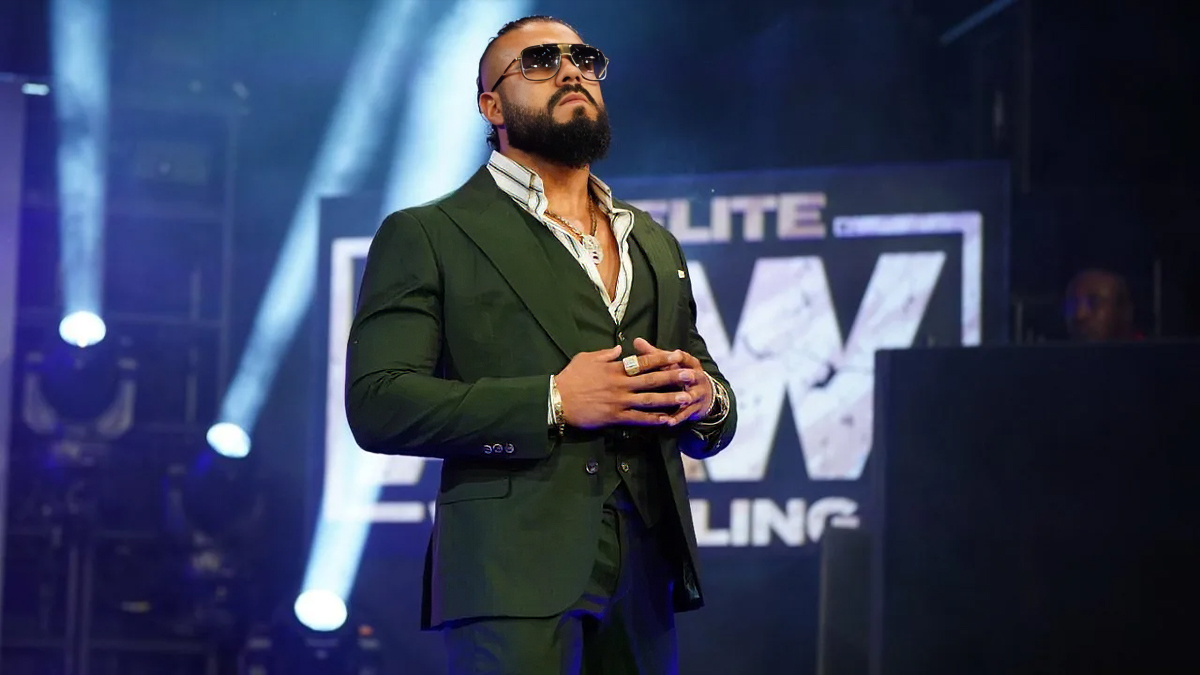Word that footage of wrestler, philosopher, strongman, and all-around sports legend George Hackenschmidt had been posted online lit up certain corners of the wrestling community last week. Hackenschmidt was wrestling’s first world heavyweight champion and was a bonafide sensation across Europe in the first decade of the twentieth century. He is most famous in the United States for his two matches in Chicago, one in 1908 and the other in 1911, with his stateside nemesis, Frank Gotch.
Hackenschmidt’s legend had largely been preserved only in photographs and newspaper clippings. We had a sense from those who covered his matches that he was uniquely powerful and methodical on the mat, but we’d never been able to see his skill for ourselves.
According to the remarkable research done by Violent People’s Dan Rice, the footage was part of a collection obtained in 1981 by the Ngā Taonga Sound & Vision archive in New Zealand. The footage was lovingly restored and digitized and shown first in a film festival organized by the Estonian Sports and Olympic Museum before being made available on the archive’s website. (Side note: I got to work with the Estonia museum’s staff while researching Hackenschmidt’s life for my book Ballyhoo and can attest to just how incredible they are.) The original nitrate film, again according to Rice’s research, was likely taken to New Zealand by Hackenschmidt himself when he toured there in 1910.
In emails with historians Mark Hewitt and Steve Johnson, both categorize the find as major. Both had already watched it several times by the time I was touch with them Friday evening. Not only is this the only footage of Hackenschmidt at work to ever surface, but it’s a pristine record of two early wrestling greats working at the top of their game. The match captured on the film is a two-out-of-three falls match between Hackenschmidt and American wrestler Joe Rogers and took place on January 30, 1908, at London’s Oxford Music Hall. At thirty years old, Hackenschmidt was four years Rogers’s senior and was giving away four inches in height and over thirty pounds. Still, he was the local favorite, as well as the favorite in betting odds. Watching the footage, it’s easy to see why. He overpowers and smothers the larger Rogers and at certain points, he drags Rogers around the mat as he tries to position him for a pin. Finally getting to see Hackenschmidt in action is truly eye-opening. “One has to be impressed by Hack’s power in handling the giant-size Rogers,” Hewitt wrote over email.
This being professional wrestling, just how honest the competition between the two men actually was will always be an open question. But, even if they’d worked out a finish ahead of time, the smoothness with which they perform in front of an audience that seems at times to be sitting just inches from them, is a feat unto itself.
Interspersed between the match’s two falls is a second match between wrestlers Joe Carroll and Peter Gotz. According to Hewitt, this footage comes from a tournament that was running concurrently to the Hackenschmidt/ Rogers match at London’s Alhambra Theatre. Taken together, this is the most consequential footage to surface in some time. It’s a reminder that the business of writing wrestling’s history is never really finished. Footage of all kind that was long assumed to be lost seems to surface each year. For me, it raises hopes that other classic footage, maybe even footage from one or both of Hackenschmidt’s classic matches with Frank Gotch, may one day be found.
Until then, the remarkable dedication of the team at the Ngā Taonga archive has made the wrestling world all that richer.
